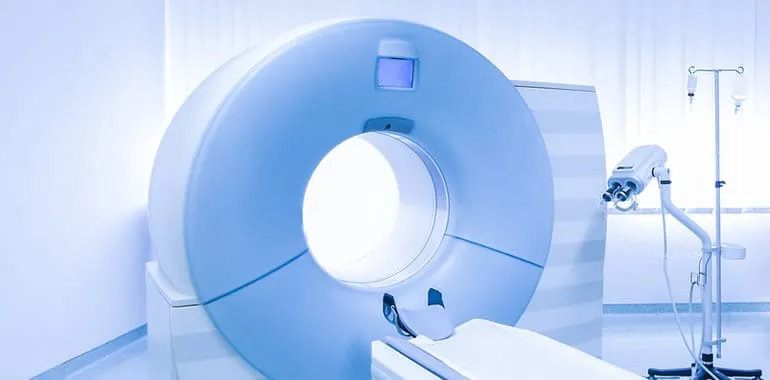Use of diagnostic imaging – X-ray, MRI, CT Scan, etc. – are vital tools in the diagnosis of medical conditions, but are they being overused? With the prevalence of low back pain continuing to rise many patients refer to their MRI report as a means to define their pain – it almost becomes their identity. According to well respected scientific literature, strong evidence shows that routine back imaging does not improve patient outcomes.
The ultimate goal of attaining radiographs or imaging is to improve patient outcomes, but in reality, it is the subsequent treatment interventions and patient interpretation that have the greatest effect on the outcome. It is important to mention that most lumbar imaging findings are common in patients without low back pain; actually, imaging findings are only weakly associated with back symptoms. A renowned study looked into imaging of individuals aged 60 years or older without a history or current episode of back pain. The study found that 36% of the individuals had herniated discs, 21% had spinal stenosis and more than 90% had a degenerative or bulging disc. This means that they had NO PAIN but the imaging found issues! To us, this means that people with spinal issues on CAN improve to the point of no pain!! Very exciting news!
All too often individuals hear the daunting words “Degenerative Disc Disease” or “Bulging Disc” and become prisoners to their diagnosis as they develop fearful movement patterns or avoid moving all together. Knowledge of clinically irrelevant imaging may hinder the recovery of back pain symptoms as individuals tend to worry more and focus excessively on their pain and limitations. This pattern results in Fear Avoidance Behaviors which can be diabolic for back pain. In fact, Fear Avoidance is a major culprit of chronic low back pain.
So, when is the appropriate time for radiographs or other diagnostic imaging? A general rule of thumb would be to use the imaging and testing when severe of progressive neurological deficits are suspected, or when evaluating a patient who may be a candidate for spinal surgery or injections. With a high amount of certainty, physical therapists have the knowledge and capabilities to effectively diagnose and treat low back pain without the use of imaging and free from surgical interventions.
IF you have pain, come in TODAY for an exam with one of our expert physical therapists!
1 – Chou, R., Deyo, R. A., & Jarvik, J. G. (2012). Appropriate Use of Lumbar Imaging for Evaluation of Low Back Pain. Radiologic Clinics of North America, 50(4), 569–585. doi: 10.1016/j.rcl.2012.04.005
-Team Universus PT


